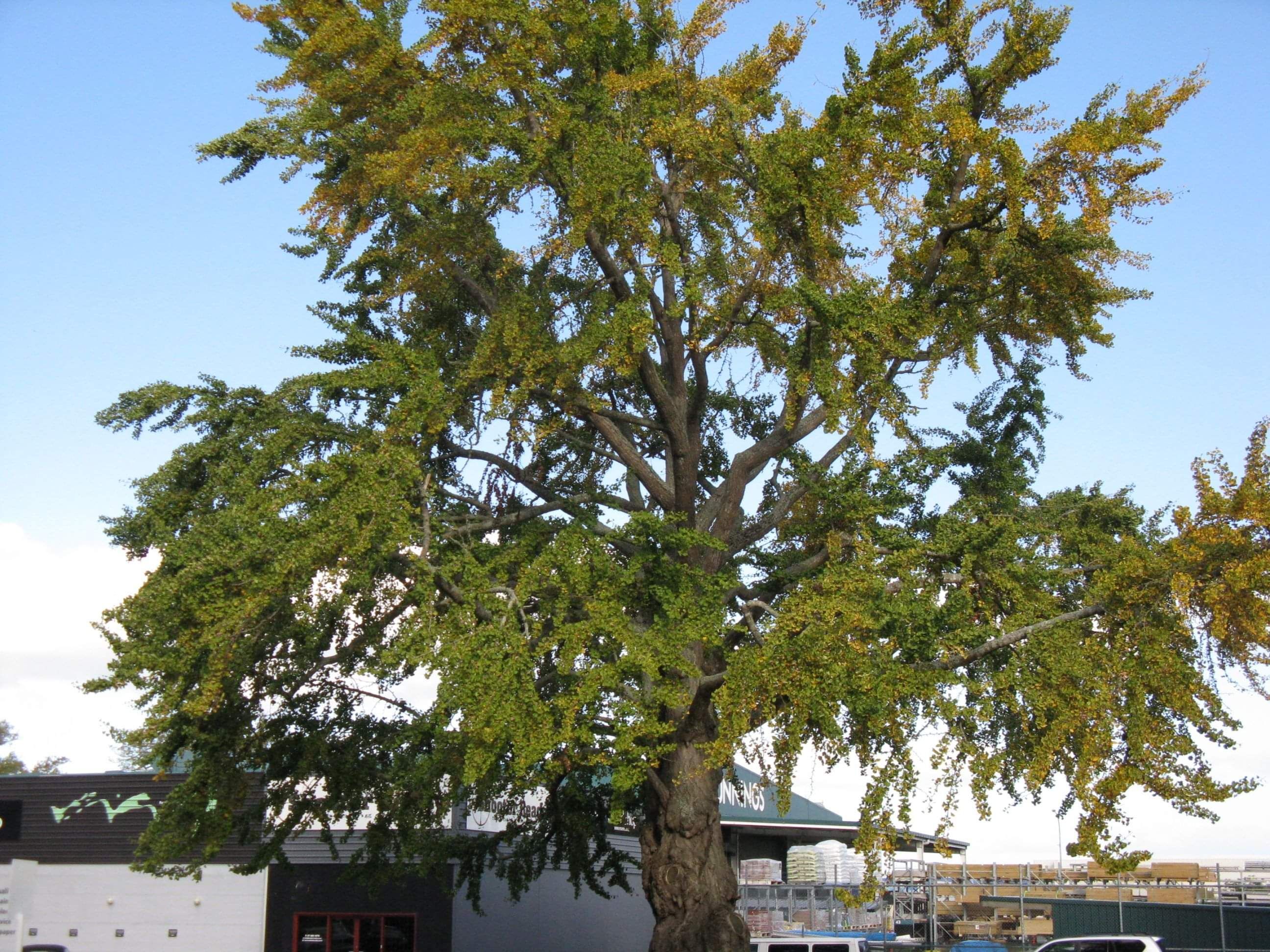Ginkgo
The Ginkgo biloba is one of the oldest types of trees in the world and is a living fossil.
It is a unique species of tree with no close living relatives. For centuries it was thought to be extinct in the wild but is now known to grow in at least two small areas in Zhejiang province in Eastern China in the Tian Mu Shan Reserve. However recent studies indicate high genetic uniformity among ginkgo trees from these areas arguing against a natural origin of these populations and suggesting that the ginkgo trees in these areas may have been planted and preserved by Chinese monks over a period of about 1000 years.
Only the female plant produces fruit the seeds from this fruit have been used in traditional Chinese medicine for thousands of years. The nuts have not been popular outside China as their outer shells have a terrible odour described as "rancid butter" or "vomit".
Yet in China gingko nuts are considered a delicacy and the trees are often thought sacred. They are so reverenced they may be planted near temples in certain Asian countries. Asians who favour ginkgo nuts know that once the badly smelling outer layer is peeled off the nut is sweet and of mild flavour comparable to a chestnut or pistachio.
The nuts are often roasted where the resemblance between the ginkgo nut and the chestnut is even more closely understood. It is thought that they are potentially helpful in memory retention.
Laboratory studies have shown that ginkgo improves blood circulation by opening up blood vessels and making blood less sticky. It is also an antioxidant.
Source: Auckland Botanic Gardens

Visit Our Site
89 Thornton Road
Cambridge
Waipa
New Zealand
Donations
Kiwibank, 38-9005-0635102-01

